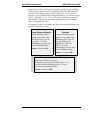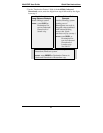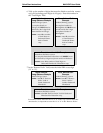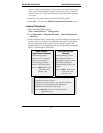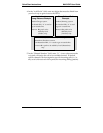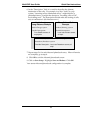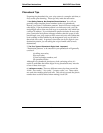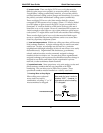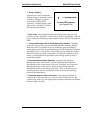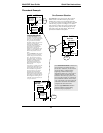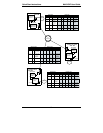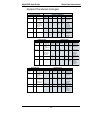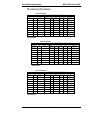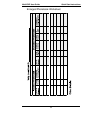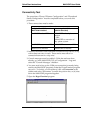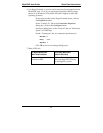
Quick Start Instructions MultiVOIP User Guide
48
4. Using a Comma. Detail
, = 1-second pause
Commas are used in telephone
dialing strings to indicate a pause
to allow a dial tone to appear
(common on PBX and key
systems). Commas may be used
only in the “Add Prefix” field of
the Inbound Phonebook.
in many PBX systems
(not needed in all)
5. Ease of Use. The phonebook setup determines how easy the voip
system is to use. Generally, you’ll want to make it so dialing a voip call
is very similar to dialing any other number (on the PSTN or through the
PBX).
6.
Avoid Unintentional Calls to Official/Emergency Numbers. Dialing a
voip call will typically be somewhat different than ordinary dialing.
Because of this, it’s possible to set up situations, quite unwittingly,
where phone users may be predisposed to call official numbers without
intending to do so. Conversely, a voip/PBX system might also make it
difficult to place an official/emergency call when one intends to do so.
Study your phonebook setup and do some dialing on the system to
avoid these pitfalls.
7.
Inbound/Outbound Pattern Matching. In general, the Inbound
Phonebook entries of the local voip unit will match the Outbound
Phonebook entries of the remote voip unit. Similarly, the Outbound
Phonebook entries of the local voip unit will match the Inbound
Phonebook entries of the remote voip unit. There will often be non-
matching entries, but it’s nonetheless useful to notice the matching
between the phonebooks.
8.
Simulating Network in-lab/on-benchtop. One common method of
configuring a voip network is to to set up a local IP network in a lab,
connect voip units to it, and perhaps have phones connected on channel
banks to make test calls.



